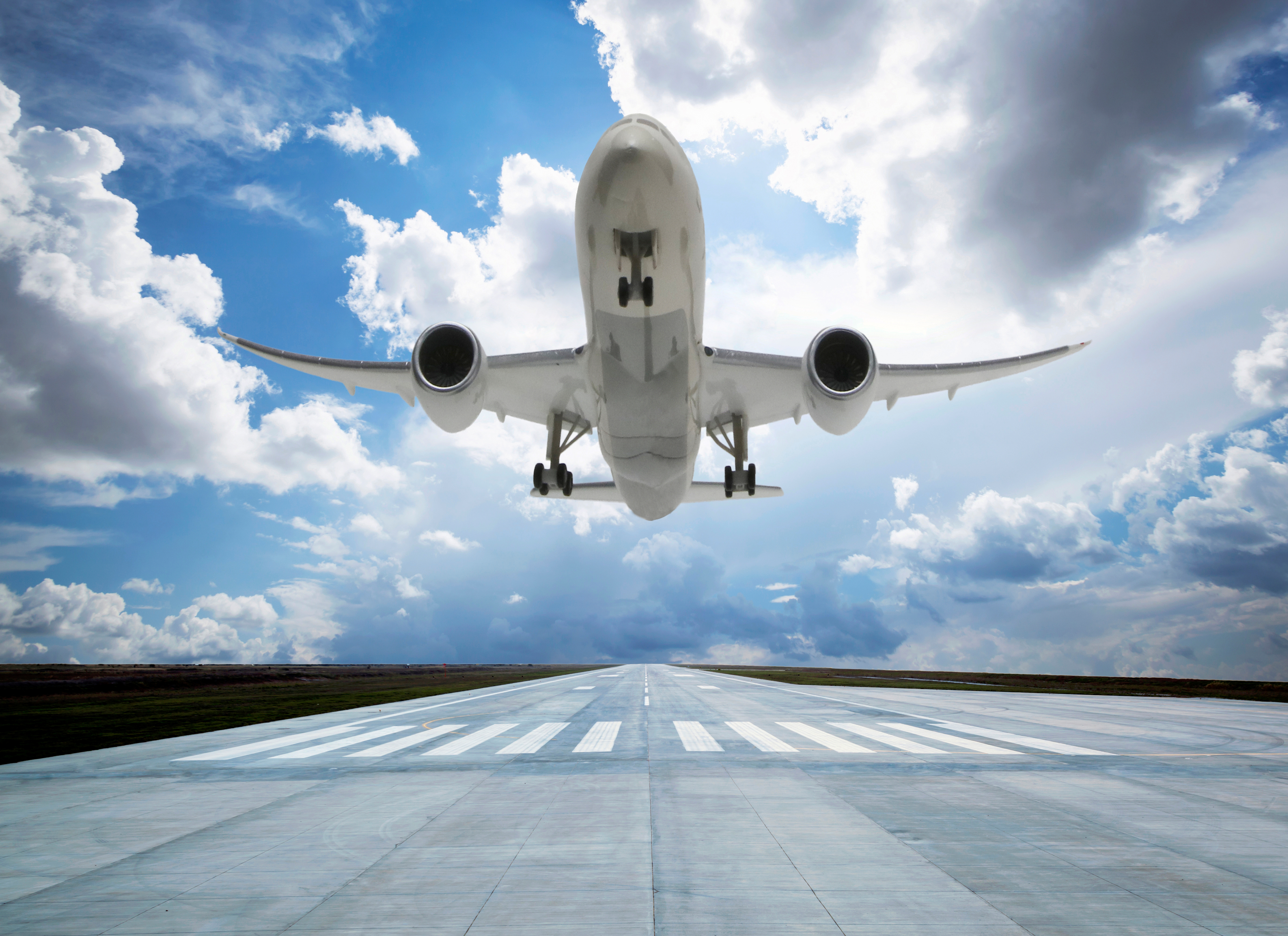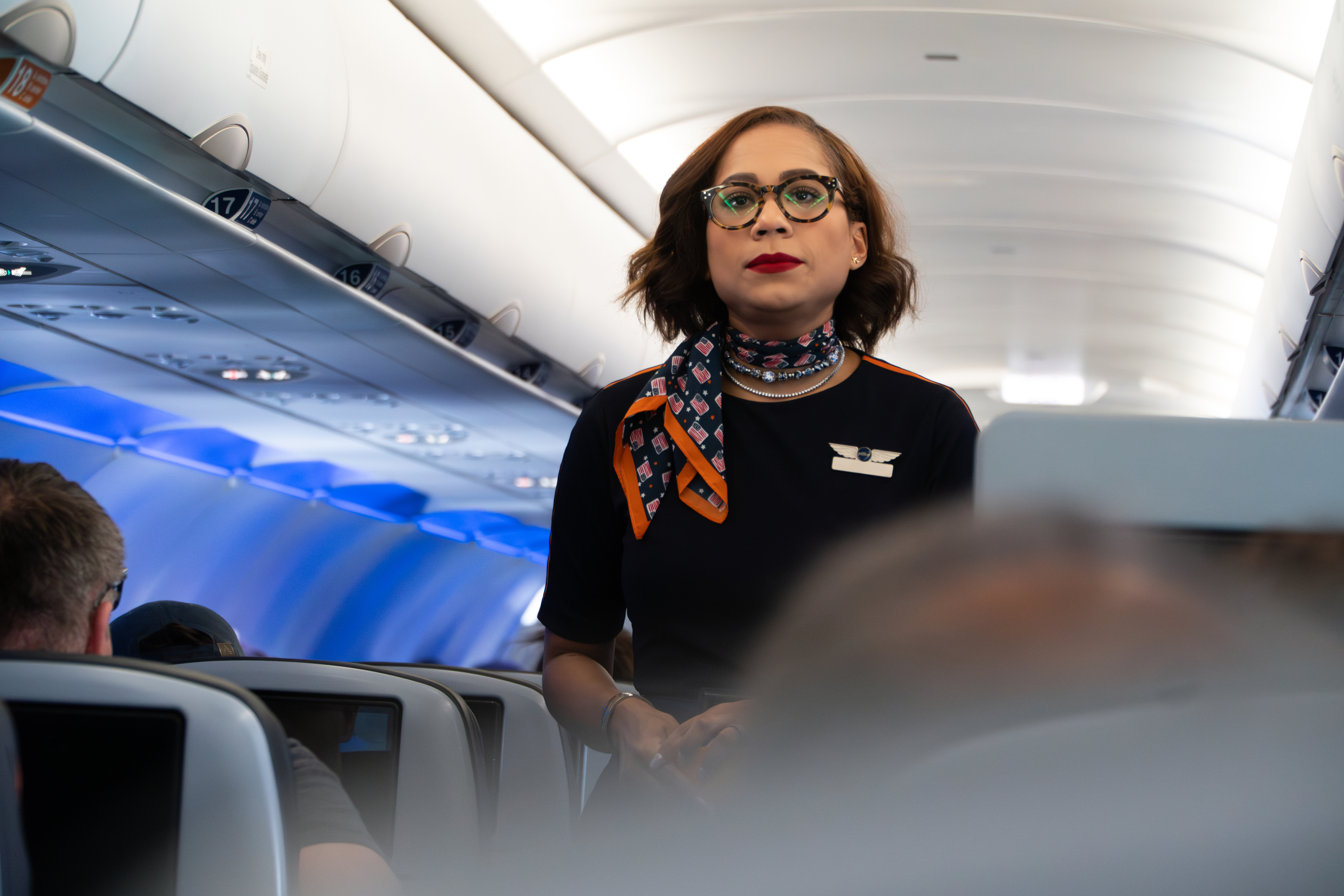In - escape deaths are uncommon , but there ’s a process for handle the site when it does come up .
“ Is there a doctor on circuit board ? ”
Those who fly frequently may have get word this question asked at some point on a plane . In - trajectory medical incidents can rove from modest to serious , and sometimes the outcome is fatal .

In February , a41 - year - erstwhile passengerdied after falling ill on an American Airlines flight from the Dominican Republic to North Carolina . Weeks earlier , a 63 - year - oldexperienced a aesculapian emergencyand pass on a Lufthansa flight from Thailand to Germany . And just this calendar week , a 73 - year - old passenger diedaboard a Singapore Airlines flightafter the carpenter’s plane impinge on severe turbulence .
“ A death on board at 35,000 feet is one of the most reverence situations for flight attendants , often because it follows a aesculapian parking brake , which is already very stressful to manage , ” said Jay Robert , a former flight attendant and the beginner of the brandA Fly Guy . “ When a aesculapian emergency results in death , it can be a very traumatic experience for everyone on board , specially if the passenger is young . ”
Although these incidents receive much media reporting , in - trajectory decease stay comparatively rare . A2013 studypublished in the New England Journal of Medicine found that over a flow of about three years , there was 1 in - flight medical emergency for every 604 flight , and of the 10,914 afflicted passengers for whom there was come after - up data , 0.3 % died . That translates to 36 bed deaths in that full point , or about one per month , with 30 of those death occurring during flight .

“ The likelihood of confront a death in the sky increases for gang members working on wide - body aircraft on long - haul road , ” Robert pronounce . “ There are more passengers , fewer opportunities to disport , and passengers are in a pressurized surround , sitting for lengthy periods , which often can conduct to serious wellness problems . ”
So what materialize when one of these problems arises and a passenger give-up the ghost during a commercial-grade trajectory ? Below , Robert and other experts explain the procedures that crew member must follow to handle the place with sensitivity and professionalism .
The crew must follow emergency medical procedures.
“ Airlines typically uprise their procedure in conformity with international airmanship regulations and guidelines , ” Dr. Paulo Alves , the global aesculapian music director of air travel health atMedAire , enjoin HuffPost . He named the International Civil Aviation Organization and the International Air Transport Association , or IATA , as two authorities that cut such guidance .
“ These guidelines furnish a framework , but airlines tailor-make their procedures to fit their specific operational needs and training program , ” Alves say .
Although the precise protocol vary from airline to airline business , flight of steps crews are typically school to provide basic life keep , notify the pilot film and seek assist from medical professional .

“ We have AEDs [ automated international defibrillator ] on board the planes to use if a rider function unconscious and stops respiration , and we ’re all take to do CPR , ” said Heather Poole , a flight attender and theauthorof “ Cruising posture : Tales of Crashpads , Crew Drama , and Crazy Passengers at 35,000 Feet . ”
“ We ’ll paginate for a medical professional to help us if we need them , ” she said . “ And if there ’s not one on control panel , we can get through a physician on the ground . ”
Airlines use services like MedAire ’s MedLink to get direction from on - call medical professionals during emergencies . IATA road map urge that the crew and any aesculapian professionals on board administer CPR until it becomes unsafe due to turbulence or landing place conditions , the passenger has been transferred into the guardianship of hand brake services , or the person is believe to be deceased .
“ Crew members can not declare if a person has pop off or not , ” Alves suppose . “ But if specific criteria are cope with ― for example , the person is not responding and not breathe , CPR has been performed for 30 or more minutes , and AED is used without return of ad-lib circulation ― the person could be presumed dead . ”
He noted that a medical military volunteer on display panel might also come forrader to provide help and , in some typeface , determine whether a rider has died .
If a passenger is presumed dead, there are best practices for handling them with respect.
When a medical emergency arise , the gang must notify the captain , who will decide with the airline ’s operation centre whether to keep to the designate finish or divert to another airport . There are several logistical and humanitarian aspects to weigh during this unconscious process .
“ A demise on instrument panel does not automatically entail a digression to another airport , ” say Markus Ruediger , the assistant director of corporate communications at IATA . “ Diversion to a third country ― neither lineage nor terminus of the flight ― could add further complexness in repatriate the deceased . what is more , airlines are required to inform the relevant authorities of the dying on board . ”
There are specific procedures for securing the departed soul ’s body in a way that respects their dignity and shows predisposition to their travel companions and others on the plane .
“ To handle the torso with self-worth and regard while ensuring minimal disruption to other passenger , the work party covers the deceased passenger with a blanket , ” Alves said . “ Nearby passenger may be moved to other seats if space permit . The body may be moved to a less populated area , such as an empty course , if available . Otherwise , the body is secured in the original seat with the seatbelt fastened to prevent movement during the trajectory . ”
He added that the crew wears personal protective equipment to conserve hygiene and base hit while handling the body .
protocol might be different for lengthier flights with many more hr remaining . When Robert worked for a major international airline that operated some of the public ’s long flights , the on - board equipment included a outfit with a body travelling bag and toe tag .
“ If the pilots decided to cover to our terminus , we would have to train the body for storehouse , ” he call back . “ This involve moving the deceased to a private area where the consistence could be stored flat for the oddment of the journey without other rider noticing and without block an exit . It was essential to keep the body flat , as post-mortem stiffening of muscles would originate about two hour after death and the flights could still have a long agency to go . ”
The aircraft that Robert crop on typically had first - family suites with prostrate beds and privacy doors , which gang members would utilise if one was vacant .
“ We were trail to use the onboard wheelchair , which we discreetly wheel backward through the cabin to move the soundbox to a suited positioning , ” Robert enunciate . “ Once the eubstance was in the organic structure bag , we were trained to zip it only to the cervix , as the person would n’t be formally declared dead until after the plane landed . We could use a blanket to cover the caput out of respect . ”
For the rest of the flight of steps , the crew must prepare for what will happen to the body after landing .
“ Throughout this process , the gang communicates with ground staff at the destination airport to insure proper manipulation upon reaching , ” Alves noted .
When a carpenter’s plane makes an emergency landing due to a medical billet , rider are advised to continue seated until health master board and remove the affected individuals . But the IATA recommend the opposite if the passenger is presumed dead .
“ set down other passengers first and verify the family members stick with the body , ” its guidelines mention . “ Do not disembark the torso until the right local authority has arrived to take care of the body and that the ground personnel is usable to serve the household penis . ”
It’s important to acknowledge the trauma and emotion of the situation.
While escape attender receive training in basic life support and how to recognize and respond to various aesculapian weather , they also learn the good ways to provide aroused support during these traumatic site .
“ A significant part of our training on death on board was how to break the newsworthiness to the people travel with the deceased , ” Robert recall . “ We had playscript to fall out generally , and we role - play how to tell someone their travel partner had died . A lot of care goes into this process . ”
flight of steps attendants handle the at peace somebody ’s organic structure with knowingness of how distressing the state of affairs is for not just their loved ones , but for looker-on as well . They are inclined to let the cat out of the bag to and comfort any passenger who may be experiencing emotional difficulty .
“ A medical emergency is very nerve-racking on crowd , ” Poole said . “ On my last flight from London toNew York , a passenger had a ictus during the middle of the dinner service . One minute we were serving meal , and the next second we were run for oxygen and paging for a doctor . Twenty minutes later on , we were back to serving drinks and picking up trash . It can be very overwhelming at time . ”
Passengers should understand that a medical emergency becomes crew members ’ top priority , so serving often lay off .
“ I have literally been on the floor trying to keep a passenger alive while other rider tap me on the shoulder , asking for beverage , ” Robert said . “ to boot , please keep your headphone aside during these sensitive times . Not everything needs to be filmed and posted on social media . Someone jaunt with a person who dies in flight does n’t need to have the nightmare relived online . ”
Flight attendants do not need to live over the nightmare either .
“ We have resource available to us after an hand brake berth that assist crew deal with the emotional stress , ” Poole noted .
Airlines can supply genial health resources like counselling and compeer support through MedAire and like companies . “It ’s crucial to acknowledge the professionalism and compassion of flight crews in these challenging situations , ” Alves said . This station earlier appear onHuffPost .